DOST-ASTI’s DIMER Platform Powers Real-World AI Solutions, Paves Way for Nationwide Innovation
By democratizing AI through accessible, real-world deployment tools, the ASTI-ALaM Project isn’t just building AI models—it’s enabling a nationwide AI ecosystem.
Talisay City, Batangas — For many government agencies and non-government organizations, deploying artificial intelligence solutions is often a long, technical, and costly endeavor. Building an AI model from scratch involves extensive data collection, expensive computing hardware, specialized engineering expertise, and months of training and validation, followed by continuous maintenance and retraining. Few agencies possess the internal capacity or budget to manage this entire lifecycle, often leaving promising AI projects stalled or unsupported.
This critical gap is addressed by the Department of Science and Technology – Advanced Science and Technology Institute (DOST-ASTI) through the ASTI-Automated Labeling Machine (ASTI-ALaM) Project. Its flagship platform, the Democratized Intelligent Model Exchange Repository (DIMER), was specifically designed to lower barriers to AI adoption in the country. DIMER serves as a digital “model store” where agencies, researchers, and developers can access ready-to-use AI models tailored to Filipino challenges or share their own developed machine learning models for applications like landslide detection, traffic surveys, or crop monitoring.
DIMER isn’t just an online catalog; it’s a publicly accessible AI platform designed for real-world use. Think of it as an AI toolbox—built not for tech giants, but for local governments, researchers, and agencies on the ground.
AI for All
What truly makes DIMER transformative is its inference system—a backend engine that allows users to run AI models directly, eliminating the need to download or reconfigure them. This innovation has drastically cut deployment times from months to a single day.
Building an AI solution with DIMER is intuitive. Users log in, browse available pre-trained models—such as traffic detection or crop monitoring—and select one for their specific use case. In just a few steps, the inference system runs the model in the cloud and provides results that can be visualized, downloaded, or integrated into existing systems via APIs, or Application Programming Interfaces, which allow different software solutions to communicate and share data automatically. This means there’s no need for GPU servers or model development from scratch—users can simply plug in, process, and act.
This design enables partner institutions to integrate AI directly into their workflows, automating tasks like vehicle detection from CCTV feeds or incorporating AI-driven hazard maps into urban planning dashboards. Crucially, the platform allows users to deploy their own AI models, share their test datasets, and enable other users to build AI solutions based on those models.
These breakthroughs were prominently featured during the DIMER End-User Training and Project Culmination Activity, held from 3 to 4 June 2025 at Club Balai Isabel in Talisay, Batangas. The event served not only to demonstrate DIMER's features but also to foster the co-development of next-stage AI use cases through a sectoral “AI in Motion” ideathon. Teams pitched AI solutions for agriculture, disaster risk management, and other use cases—leading to promising discussions and outlining clear pathways for future AI integration across various domains.
"We’re no longer asking if AI can help," Dr. Franz A. de Leon, DOST-ASTI Director and ASTI-ALaM Project Leader, remarked. "We’re asking how every sector can begin using it [DIMER] today."
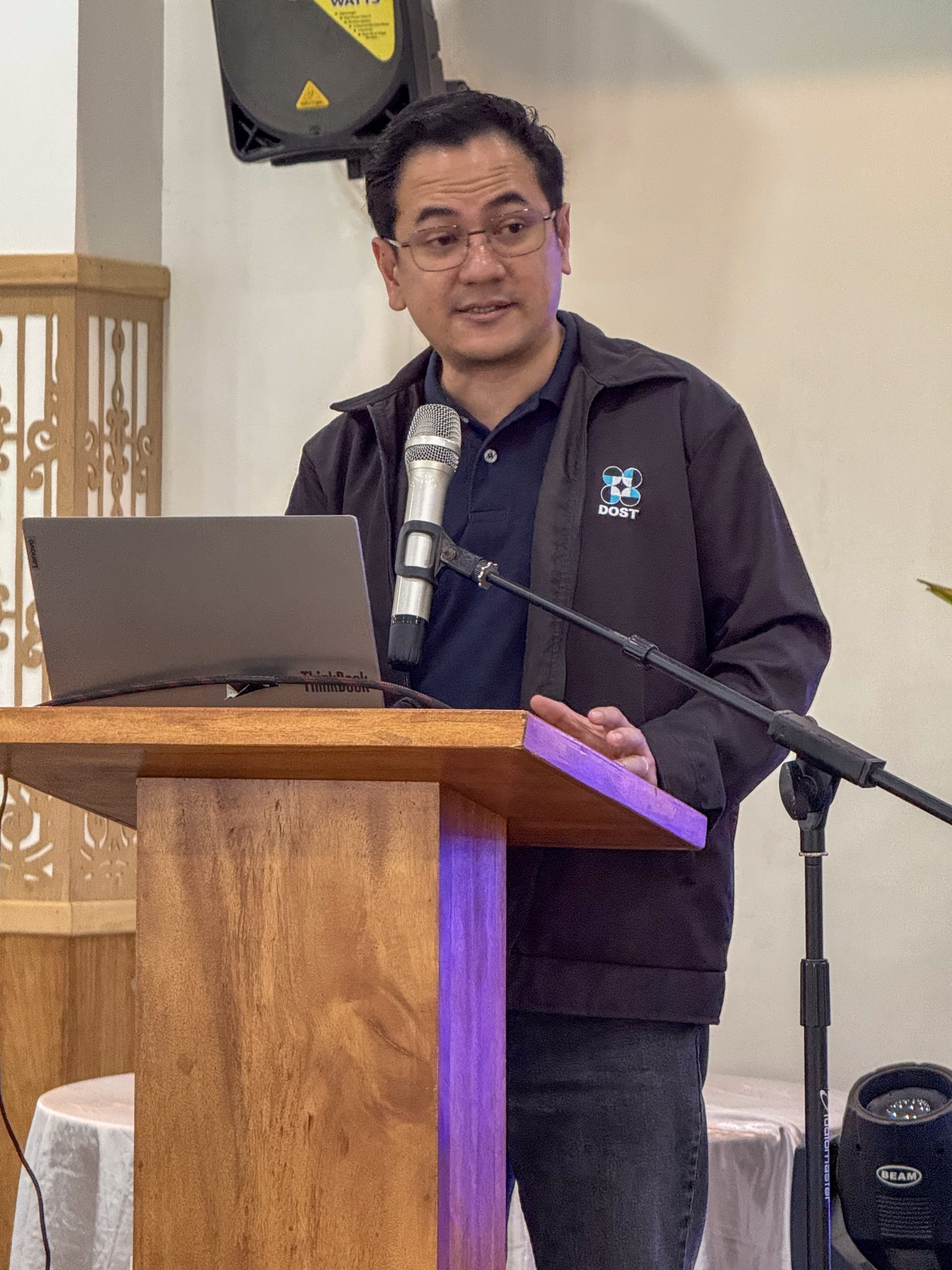
Dr. Franz A. de Leon, DOST-ASTI Director and ASTI-ALaM Project Leader, underscores the importance of operationalizing AI across sectors during the DIMER End-User Training and Project Culmination.
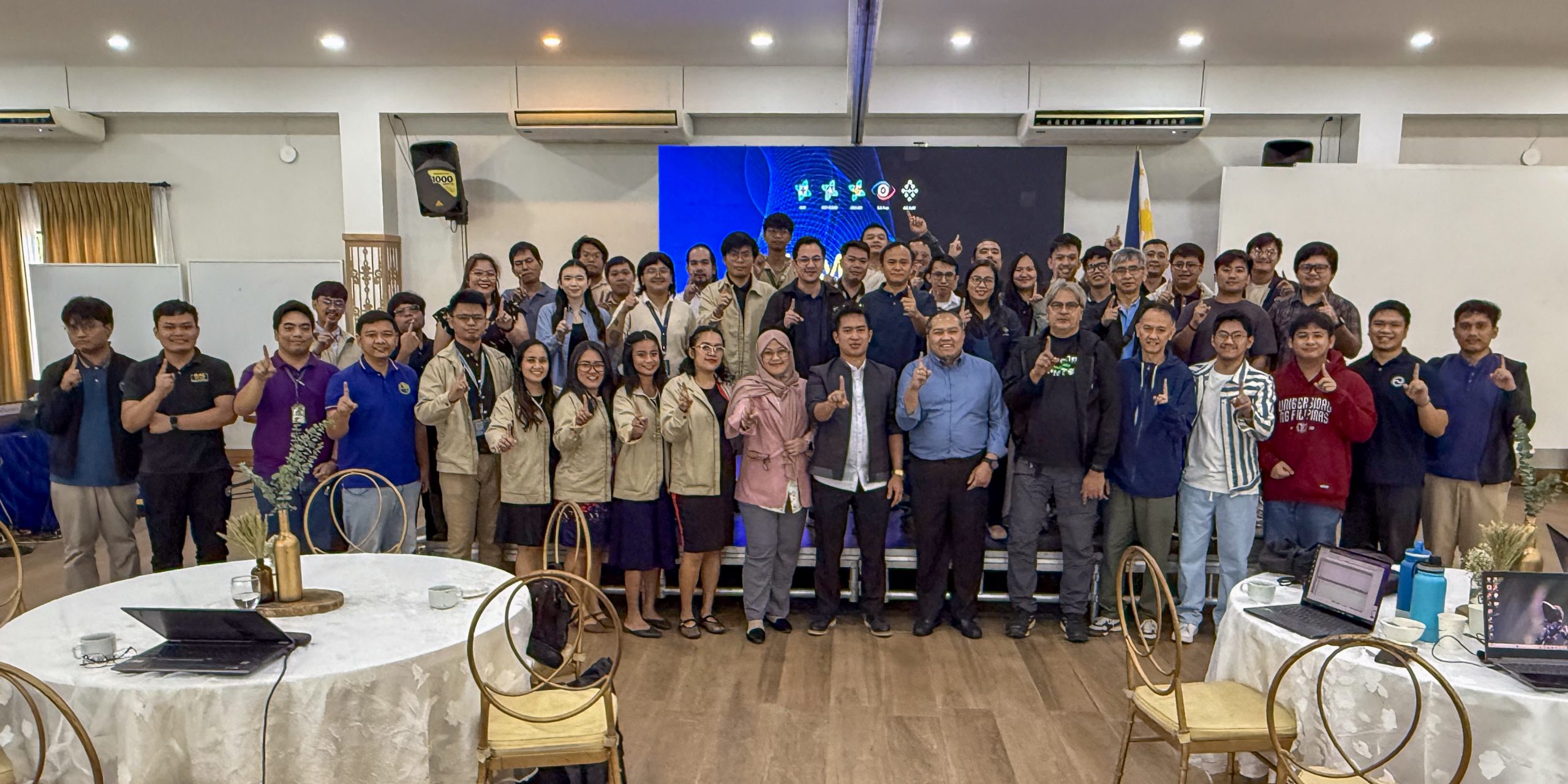
Representatives from ASTI-ALaM’s partner institutions—spanning government, academe, and industry—gather during the DIMER End-User Training and Project Culmination held in Talisay, Batangas. The event marked a key milestone in the drive to democratize AI access and co-develop real-world applications through the “AI in Motion” Ideathon.
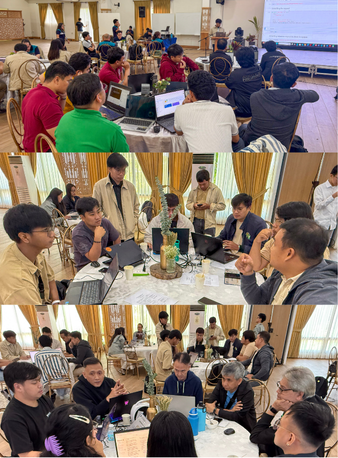
Participants engage in hands-on sessions with the DIMER platform, exploring AI model deployment workflows—from selecting pre-trained models to generating real-time outputs using the inference system. These practical exercises aimed to equip users with the skills to integrate AI into their own institutional use cases.
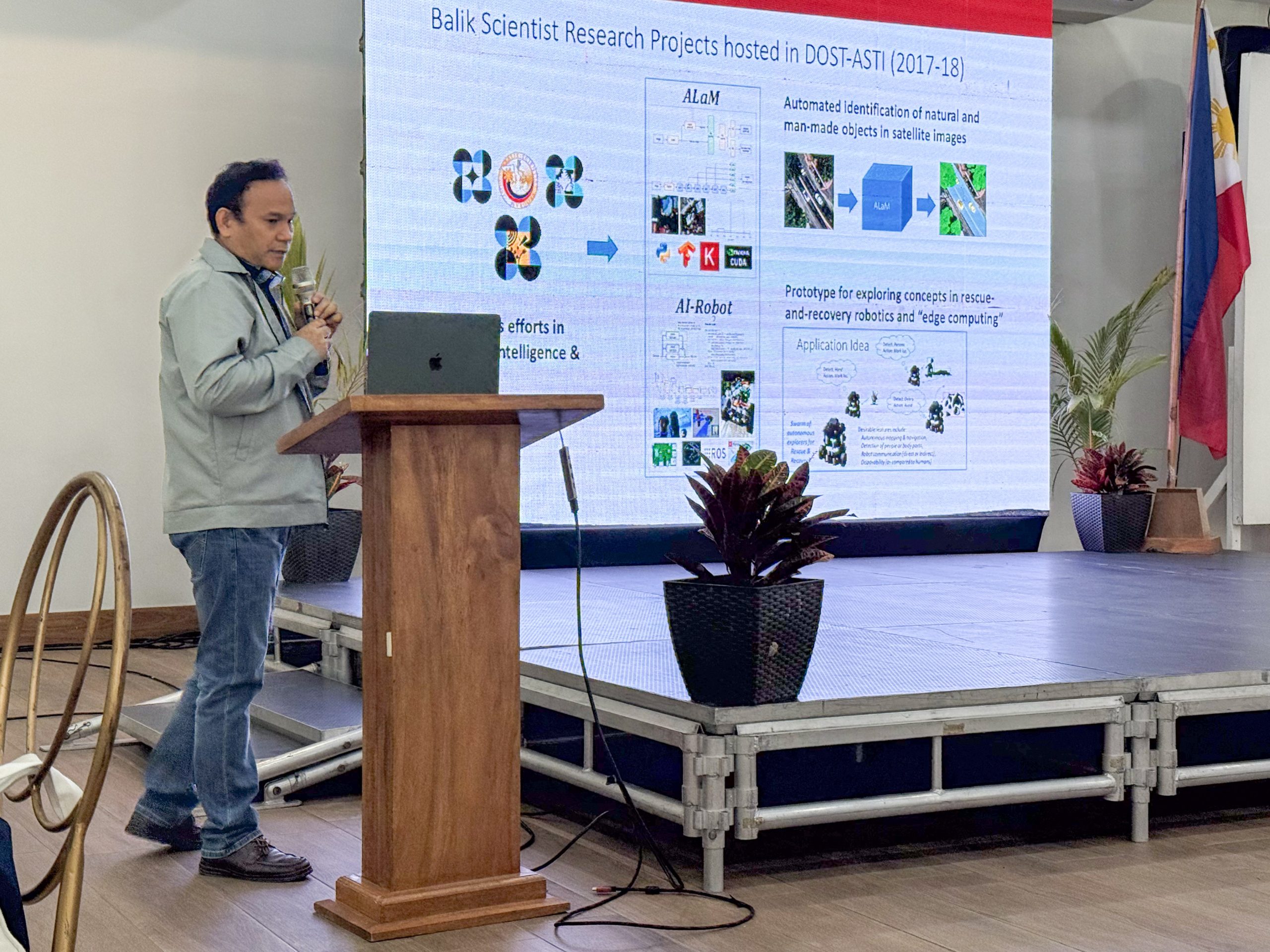
Dr. Jose Ildefonso U. Rubrico, DOST Balik Scientist and Program Leader of the Philippine Sky Artificial Intelligence (SkAI-Pinas) Program, shares the origins of the ALaM Project. From a modest prototype for automated image labeling, his early vision has since evolved into the SkAI-Pinas Program.
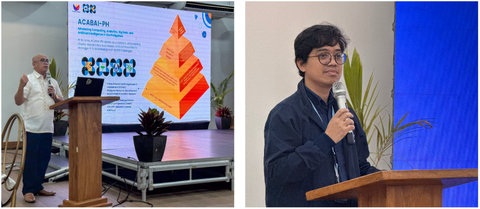
Mr. Elmer C. Peramo, Senior Science Research Specialist and ACABAI-PH Program Leader, shares the vision for scaling DIMER and other AI initiatives through the DOST-NAIRA Project. Mr. Jeffrey A. Aborot, Supervising Science Research Specialist & Project Technical Lead, delivers the closing remarks on behalf of DOST-ASTI’s Computer Software Division, emphasizing how DIMER empowers institutions to integrate AI into real-world workflows and national development priorities.
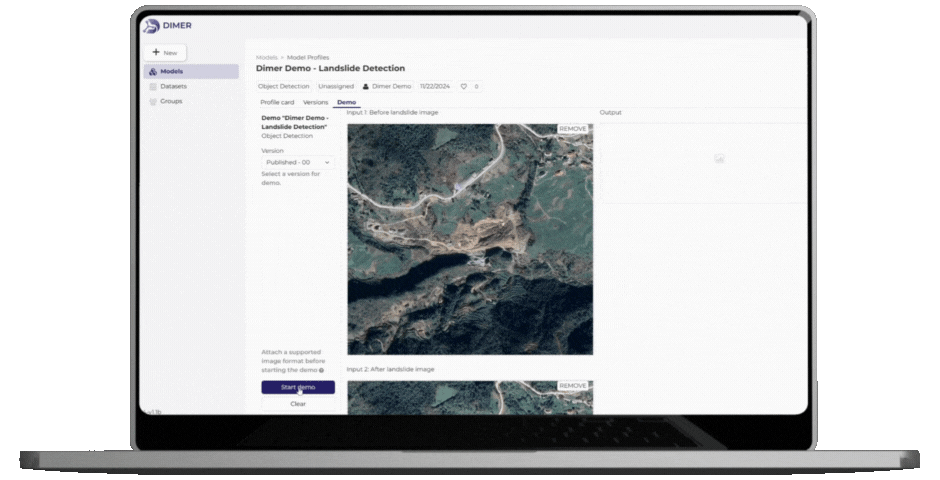
The DIMER platform in action: A pre-trained AI model detects landslide-prone areas from satellite imagery in seconds—no downloads, no coding required. Through its inference engine, DIMER brings real-time geospatial intelligence within reach of government planners and disaster risk managers nationwide.
From Research to National Impact
The foundation for ASTI-ALaM began in 2017 when Dr. Jose Ildefonso U. Rubrico, a DOST Balik Scientist, returned to DOST-ASTI with a vision for AI to solve problems unique to the Philippine context. This led to the Automated Labeling Machine (ALaM) prototype—an early effort to apply machine learning to satellite images for identifying roads, buildings, and crop areas.
By 2021, the prototype had evolved into the Philippine Sky Artificial Intelligence (SkAI-Pinas) Program, DOST’s flagship R&D initiative in AI, made possible through funding from the DOST-Philippine Council for Industry, Energy and Emerging Technology Research and Development (DOST-PCIEERD). This phase led to the training of over 40 technical staff and the development of hundreds of models and millions of labeled objects. The system reflects years of iterative development, strategic alignment, collaborative R&D, and a deep commitment to national development.
Scaling for National Impact
ASTI-ALaM’s core technologies, including DIMER, are now being integrated into the DOST-Nexus for AI Research and Applications (DOST-NAIRA) Project under the Advancing Computing, Analytics, Big Data, and Artificial Intelligence in the Philippines (ACABAI-PH) Program—which is part of the DOST’s ELEV8PH Big Ticket R&D Programs and implemented by DOST-ASTI.
DOST-NAIRA will further enable AI co-development and empower local agencies and enterprises to deploy ethical, responsible, and high-impact AI solutions without requiring their own infrastructure investments. With its technologies now extending into DOST-NAIRA and ACABAI-PH, DIMER is poised not only to serve the nation but to inspire what it means to operationalize AI in the Global South.




